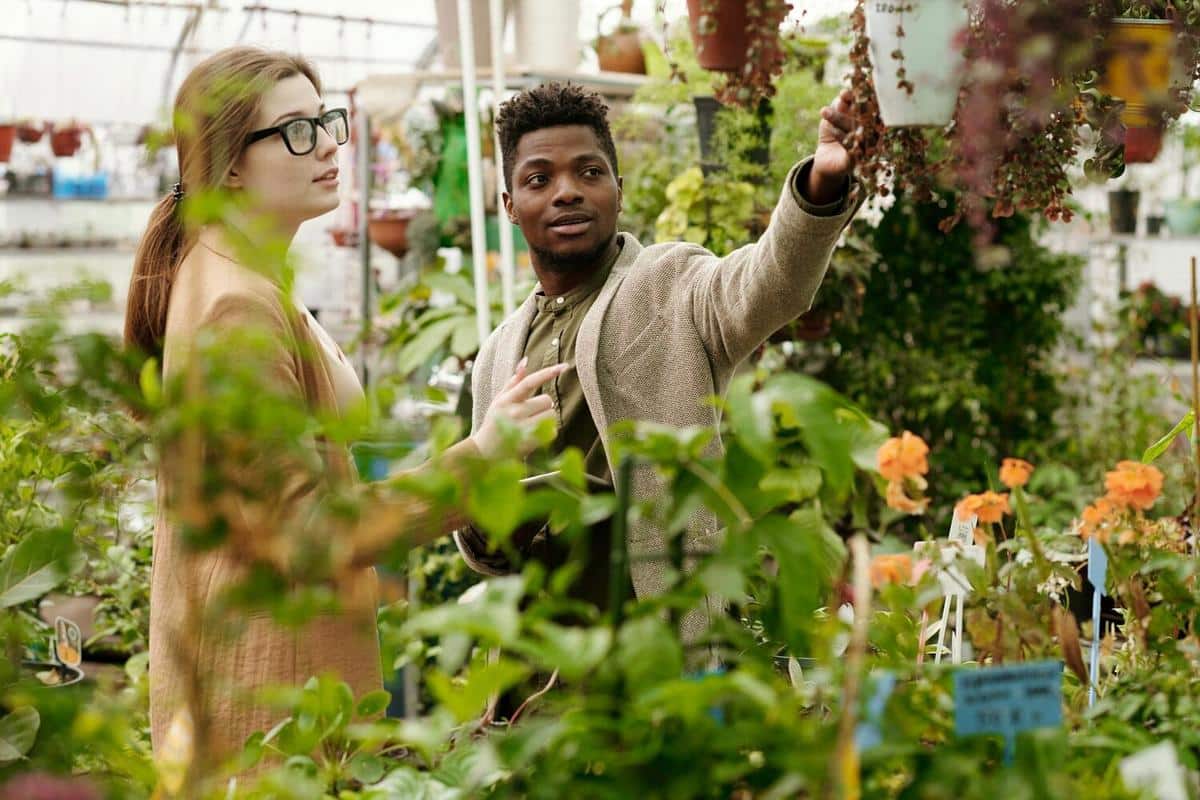
Urban Farming: Cultivating Crops in the Concrete Jungle
Urban farming is transforming city landscapes, turning rooftops, balconies, and vacant lots into lush gardens that provide fresh produce to urban dwellers. This innovative approach to agriculture not only offers a source of nutritious food but also contributes to environmental sustainability, making it an increasingly popular movement in cities worldwide.
As cities expand, the need for sustainable food sources becomes more critical. Urban farming, the practice of cultivating, processing, and distributing food in or around urban areas, has emerged as a viable solution. According to a report by the Food and Agriculture Organization, urban agriculture can produce up to 20% of the world’s food supply, highlighting its potential impact on food security.
Exploring Urban Farming
Urban farming encompasses various methods such as rooftop gardens, vertical farms, and community gardens. These practices not only maximize space but also minimize the carbon footprint associated with transporting food from rural farms to urban centers. Dr. Mary Corbin, an expert in sustainable agriculture, notes that “urban farming bridges the gap between rural and urban communities, fostering a deeper connection to the food we consume.”
Benefits of Urban Farming
- Environmental Impact: Urban farms reduce food miles, decrease pollution, and promote biodiversity.
- Community Engagement: These initiatives often bring communities together, creating a sense of ownership and pride.
- Economic Opportunities: Urban farming can generate jobs and stimulate local economies by encouraging local markets.
Challenges and Opportunities
While urban farming presents numerous benefits, it also faces challenges such as limited space, funding, and policy barriers. However, innovative technologies and public awareness are paving the way for growth. For instance, hydroponic systems allow for soil-less cultivation, maximizing yield per square foot.
Actionable Tips for Aspiring Urban Farmers
- Start Small: Begin with a small container garden or a few pots on a balcony.
- Choose the Right Crops: Opt for easy-to-grow plants like herbs, tomatoes, or lettuce.
- Engage with the Community: Join local gardening groups to share knowledge and resources.
- Utilize Technology: Consider using apps and sensors to monitor plant health and optimize growth conditions.
| Type of Urban Farming | Space Requirement | Initial Cost | Maintenance | Yield | Examples |
|---|---|---|---|---|---|
| Rooftop Gardens | High | Medium | Low | High | Large buildings |
| Vertical Farms | Low | High | Medium | Very High | Indoor facilities |
| Community Gardens | Medium | Low | Medium | Medium | Local neighborhoods |
| Hydroponics | Low | High | Low | High | Indoor and outdoor |
Pro Tip: Consider partnering with local restaurants or markets to sell surplus produce, creating a sustainable business model.
Conclusion
Urban farming is more than just a trend; it’s a movement towards a sustainable future. By transforming urban spaces into productive landscapes, we can address food security, reduce environmental impact, and foster community resilience. Whether you’re a city dweller or a policy maker, supporting urban agriculture is a step towards a greener, healthier world.
FAQs
What is urban farming?
Urban farming involves growing and distributing food within a city or town, often utilizing innovative techniques to maximize limited space.
How does urban farming benefit the environment?
It reduces food miles, lowers carbon emissions, and promotes biodiversity through green spaces.
Can urban farming be profitable?
Yes, with the right business model and market access, urban farming can generate significant economic benefits.
What crops are best for urban farming?
Easy-to-grow crops like herbs, leafy greens, and tomatoes are ideal for urban farming due to their adaptability and short growing cycles.


